
Queer Spaces: An Atlas of LGBTQIA+ Places and Stories
June 10 2023, 2.00pm
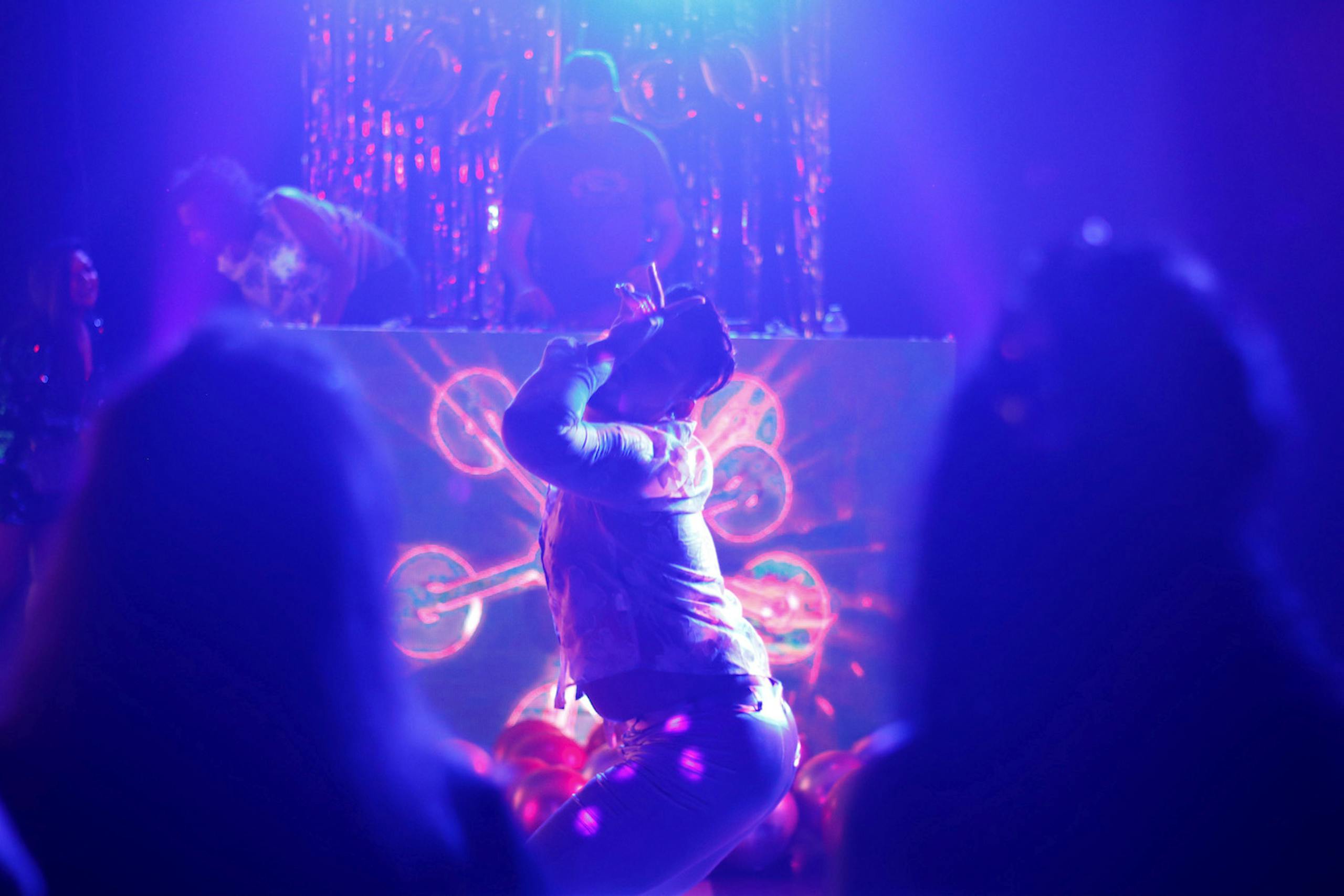
© Ruhul Abdin and Maruf Arefin Mim
Writer, podcaster and presenter of Triennale Milano’s very own From The Moon podcast series David Plaisant sits down with Japanese-Argentinian designer Adam Nathaniel Furman and English architectural historian Joshua Mardell, after they presented their book Queer Spaces: An Atlas of LGBTQIA+ Places and Stories during Milano Arch Week 2023.
(This is an abridged version of their conversation).

Queer Spaces: An Atlas of LGBTQIA+ Places and Stories, courtesy the authors
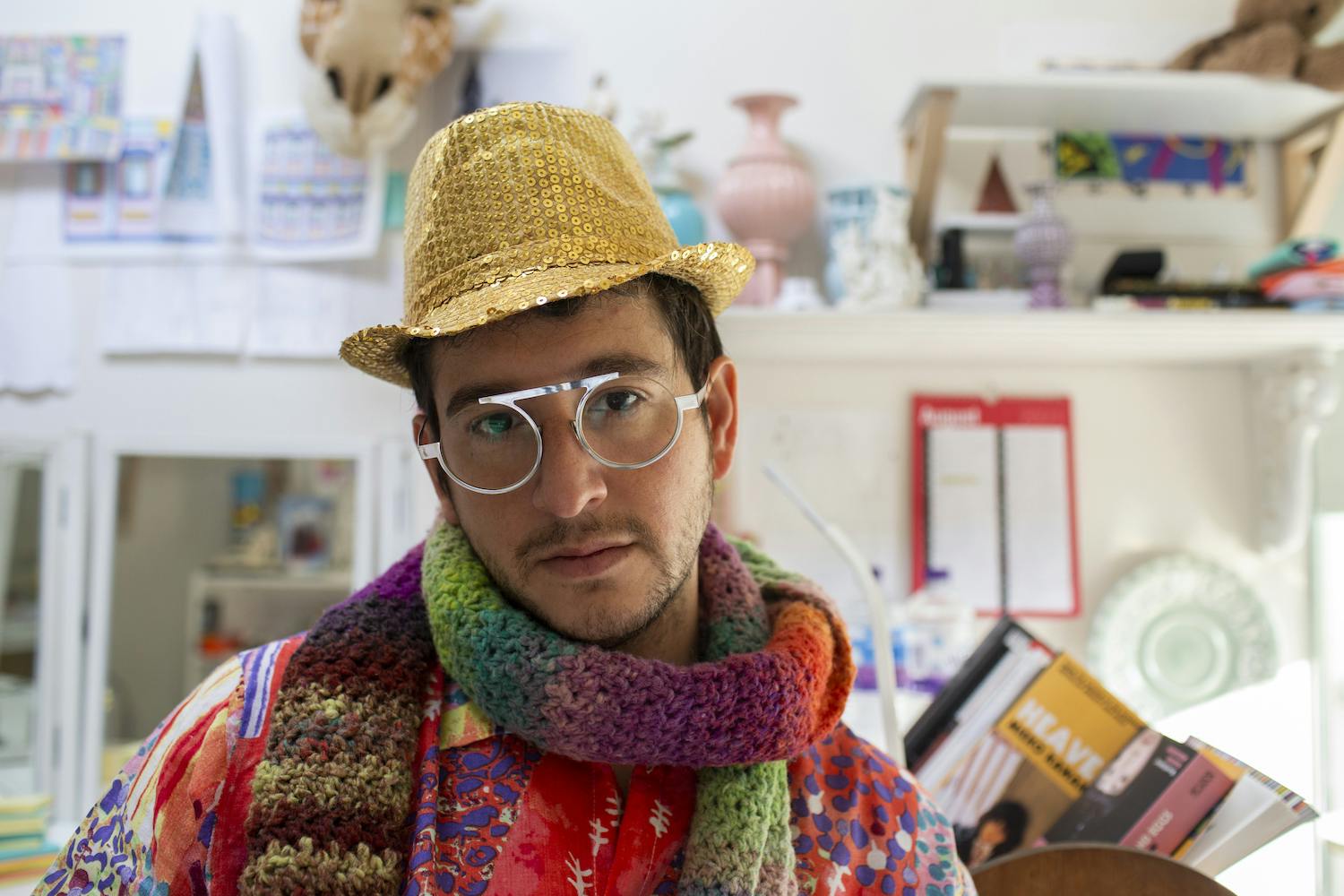
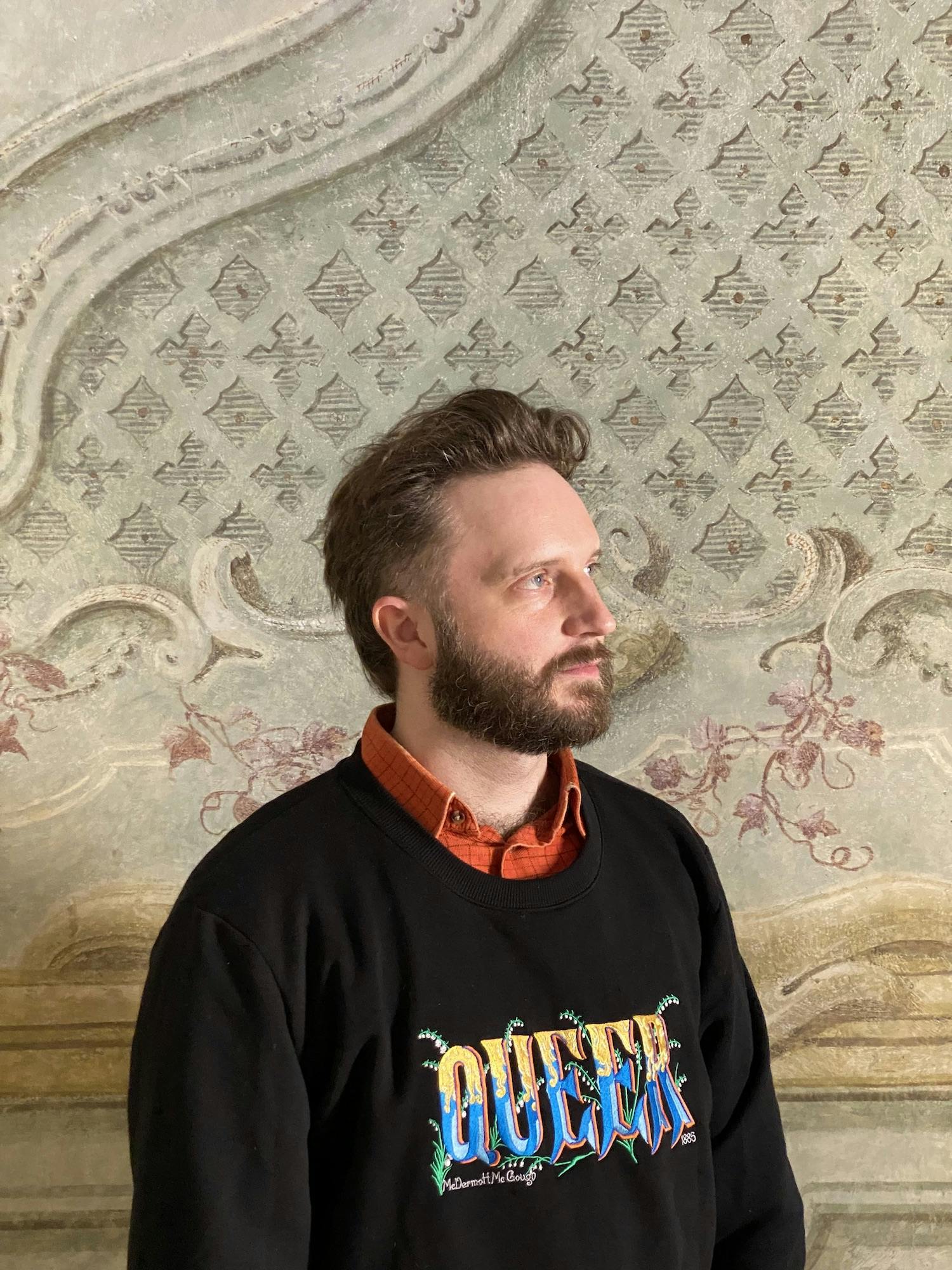
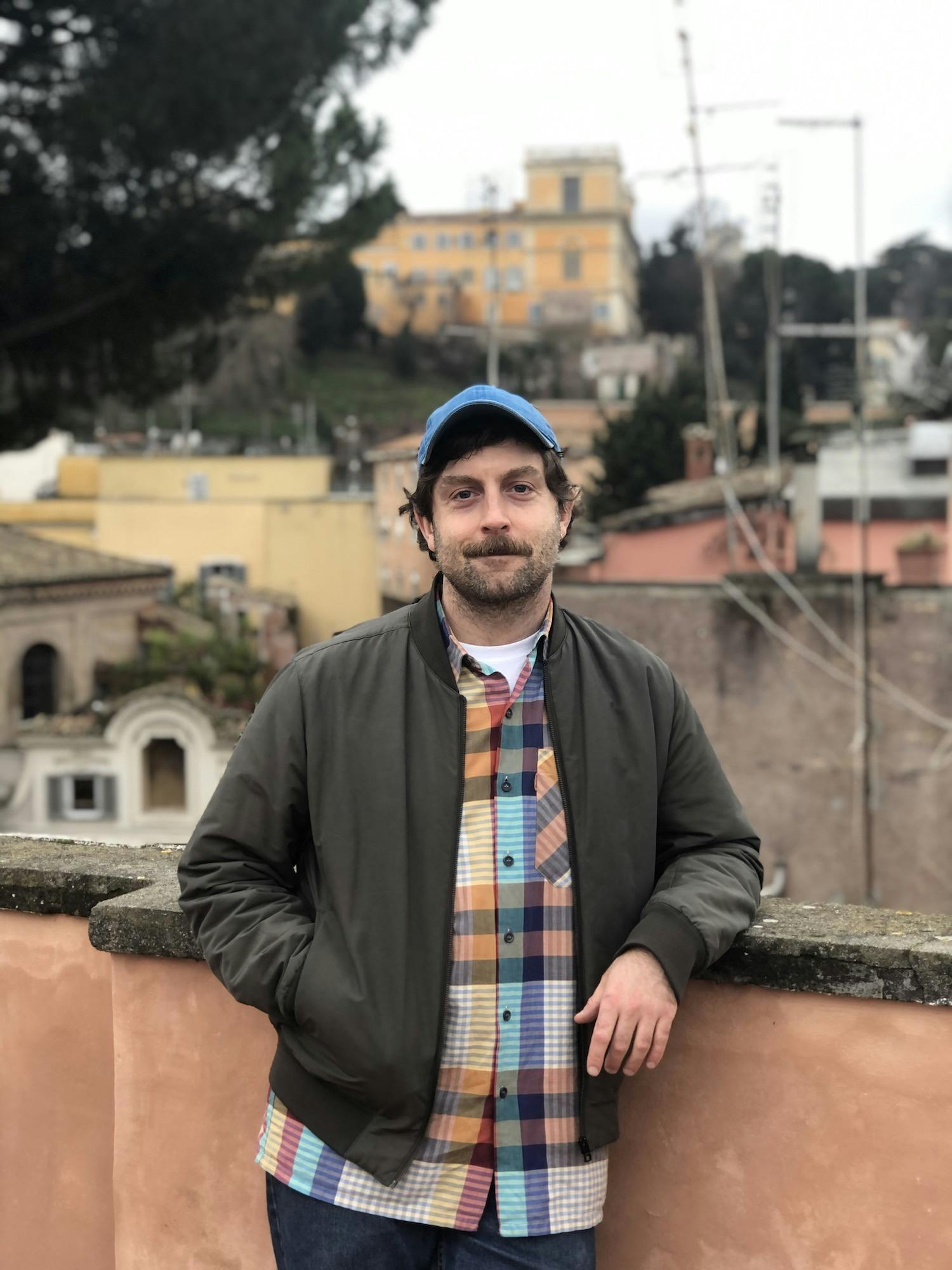
DP: Let’s start at the beginning. Was there a kernel of an idea that led to the development of Queer Spaces? What is the origin story of this book?
ANF: From a personal perspective, I guess my career has just been pretty unpleasant. It was unpleasant in terms of the way that I was received and the way that I was treated when trying to talk about a lot of these topics. But thankfully there has been a huge change. After a controversial ‘Outrage’ article I wrote for The Architectural Review magazine I was approached by the RIBA (Royal Institute of British Architects) and their publishing arm with the idea to do a book. I think they were looking for more inclusive content and after some deliberation we came to the conclusion that we would produce a book about Queerness in architecture. We wanted something that could become a really accessible resource for architecture students and also people more broadly. It would be historical research that was an introduction to the whole world of Queer spaces, which is just totally undocumented and hidden.
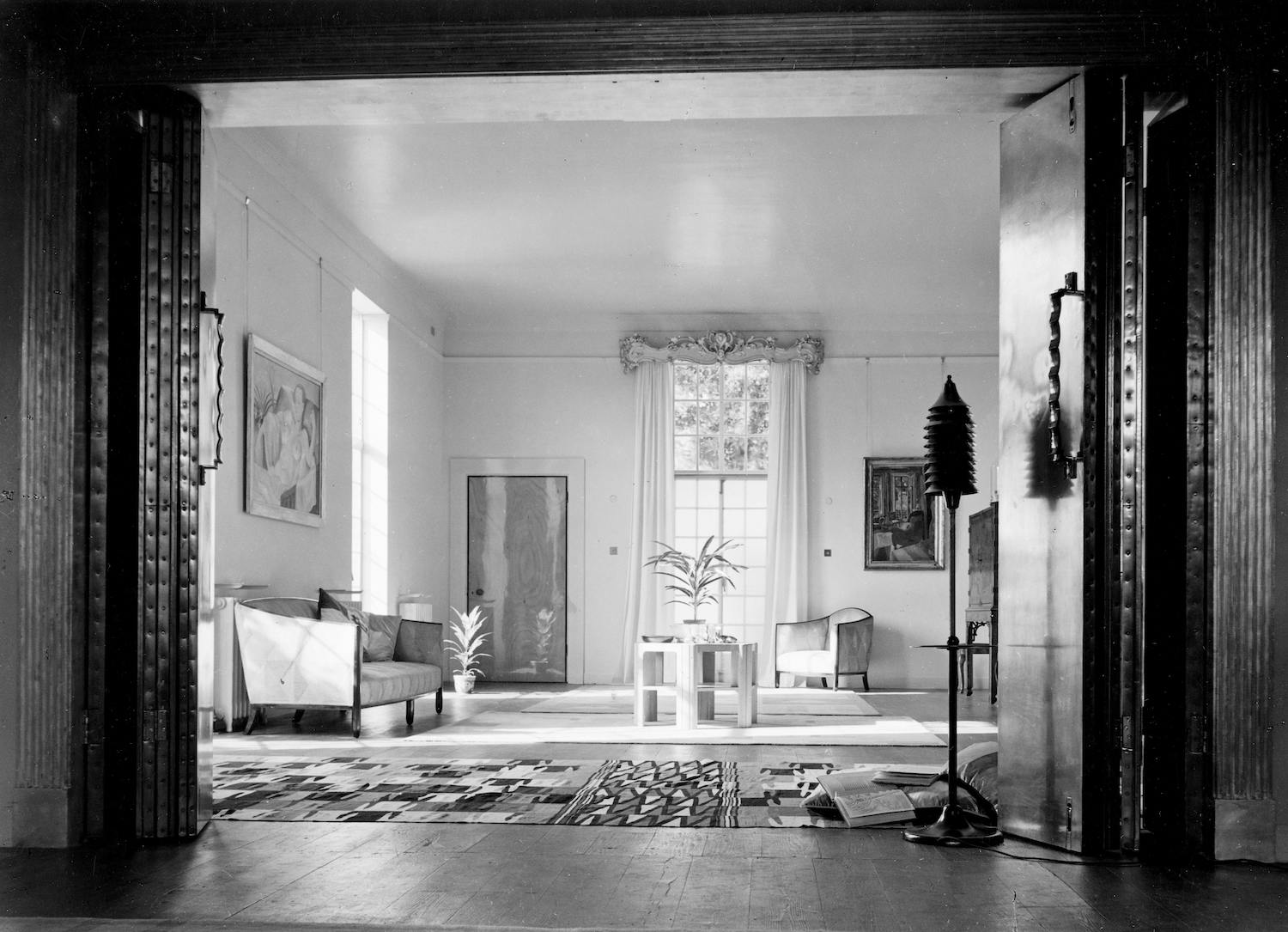
© Dell & Wainwright, RIBA Collections
DP: Josh as an architectural historian, maybe you can come in now. At the Triennale talk you told us about the importance of historiography in your approach. So perhaps you can look back to some of the conversations you had with Adam in the early days of the project?
JM: For me it’s very important to try and rebalance the canonised figures and that doesn’t necessarily mean just Queer people but somehow those othered by those with the power. Take CIAM (Congrès Internationaux d'Architecture Moderne) architects, or later architects such as Alison and Peter Smithson; these sort of self-propagandising, bullying figures that almost bullied their way into the canons of historiography, pushing people aside in the process.
ANF: They [the architects] were like cults basically.
JM: Yes cult is a good word for it. I think a lot of the time historians are fooled by the behaviour of those protagonists earlier on and somehow seduced by it. In my PhD I focused on three architects that in many ways didn't belong in the 19th century, who were bullied by the star architects in their own profession for being a bit ‘other’ in their case being, let's say ‘too traditional' for the equivalent of an avantgarde in the high Victorian period. I grew up in Letchworth Garden City, on a social housing estate and I really didn’t belong there. I then felt that same sense of outsiderness when I entered architectural history and I always strived to look for historical pedigrees of queerness in my physical environment too, much in the same way as I had done growing up.
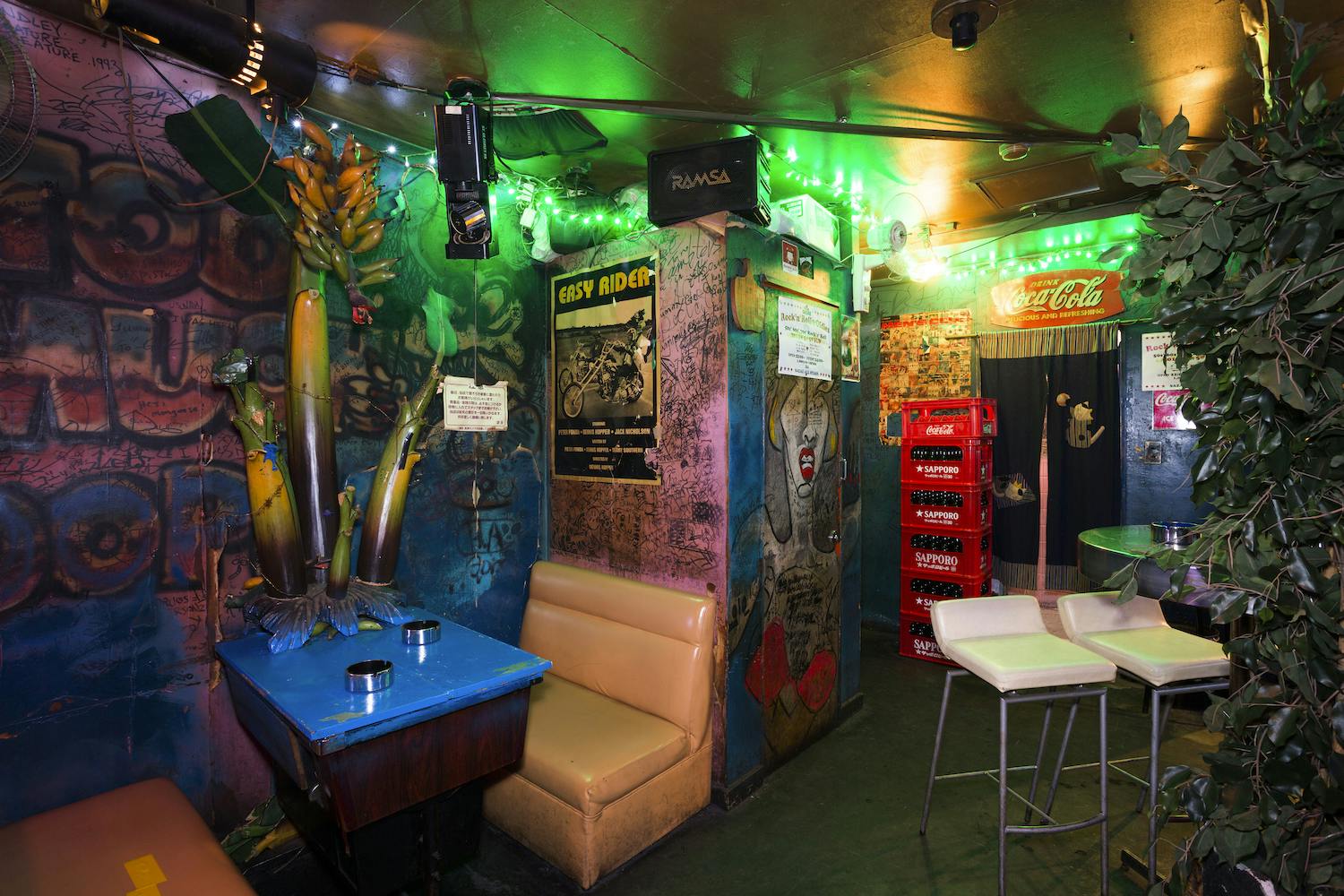
© Kaoru Yamada
DP: So your academic career clearly led to you realising the power of historiography, but how did you manifest that in terms of case studies [of Queer spaces] in the book?
JM: The British ‘bent’ is my fault. So for example, the case study of lesbian couple Sylvia Townsend Warner and Valentine Ackland in pre-war England. I had to have them in there because they represent that other path to modernism, something so different from that which was espoused by historians like Colin St.John (“Sandy”) Wilson who by the ‘tradition of modern architecture’ meant Scandinavian stuff like Alto and Saarinen et cetera. But actually a different strand exists, a Queerer strand and the work of Elizabeth Darling was particularly important to me finding that, and also that of Jane Stevenson who wrote for us in the book. Another case that was important to me on a personal level was the inclusion of The Black Lesbian & Gay Centre in South London of the 1980s.
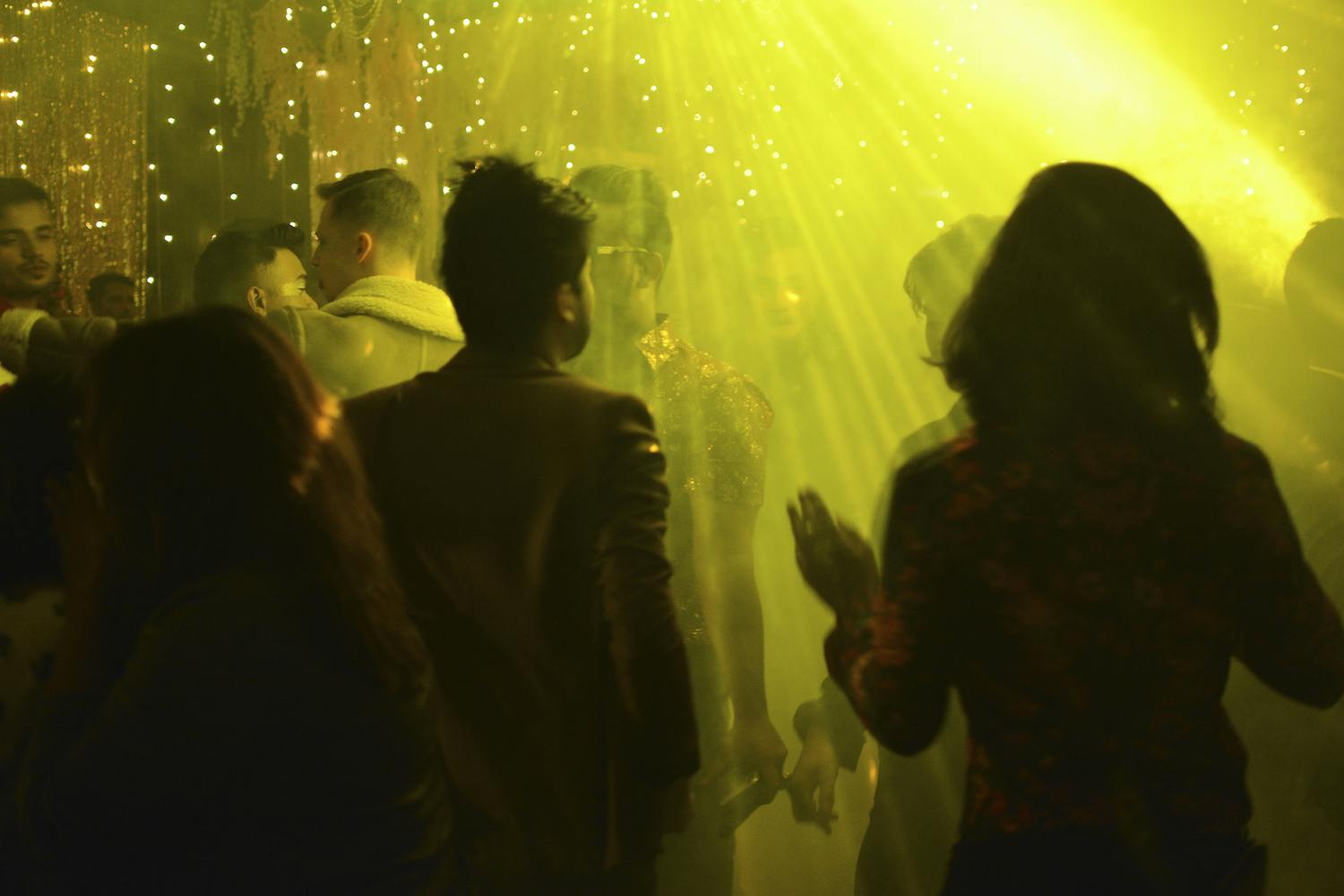
© Ruhul Abdin and Maruf Arefin Mim
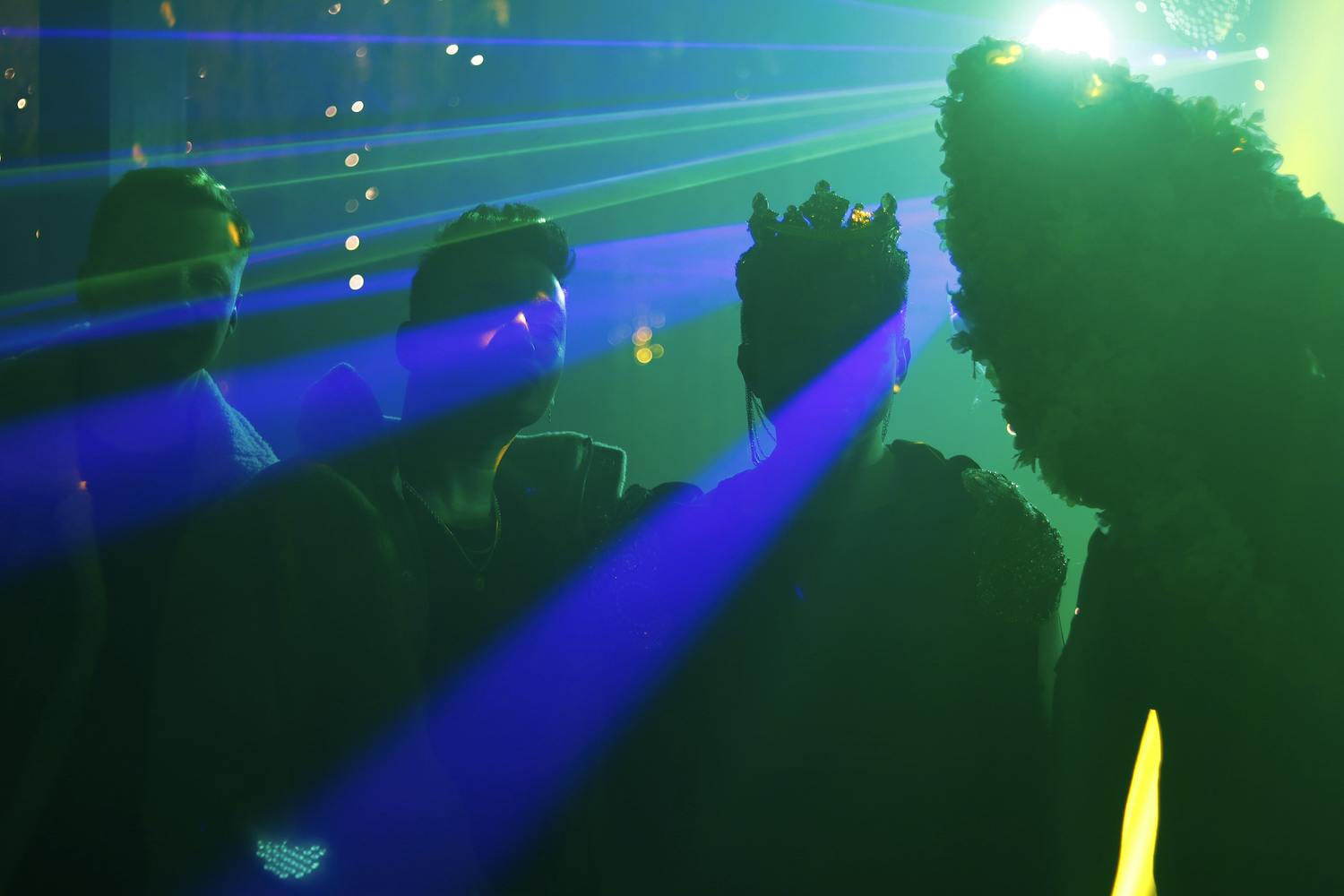
© Ruhul Abdin and Maruf Arefin Mim
DP: Adam, now it’s time for your ‘bent’. More of a focus away from Western Europe and North America, is that right?
I was aware of how incredibly vibrant the queer communities in history had been in Central and South America and I was always completely bemused as to why it was just not mentioned at all [on an international level]. I have connections in that world that I was able to sort of dig up quite a lot of really fantastic, case studies from there and there are many more that we could have included. These spatial examples are just as interesting as European or American ones; places such as Coppelia in Havana, Santiago Apostol Cathedral in Managua and the Trans Memory Archive in Buenos Aires.
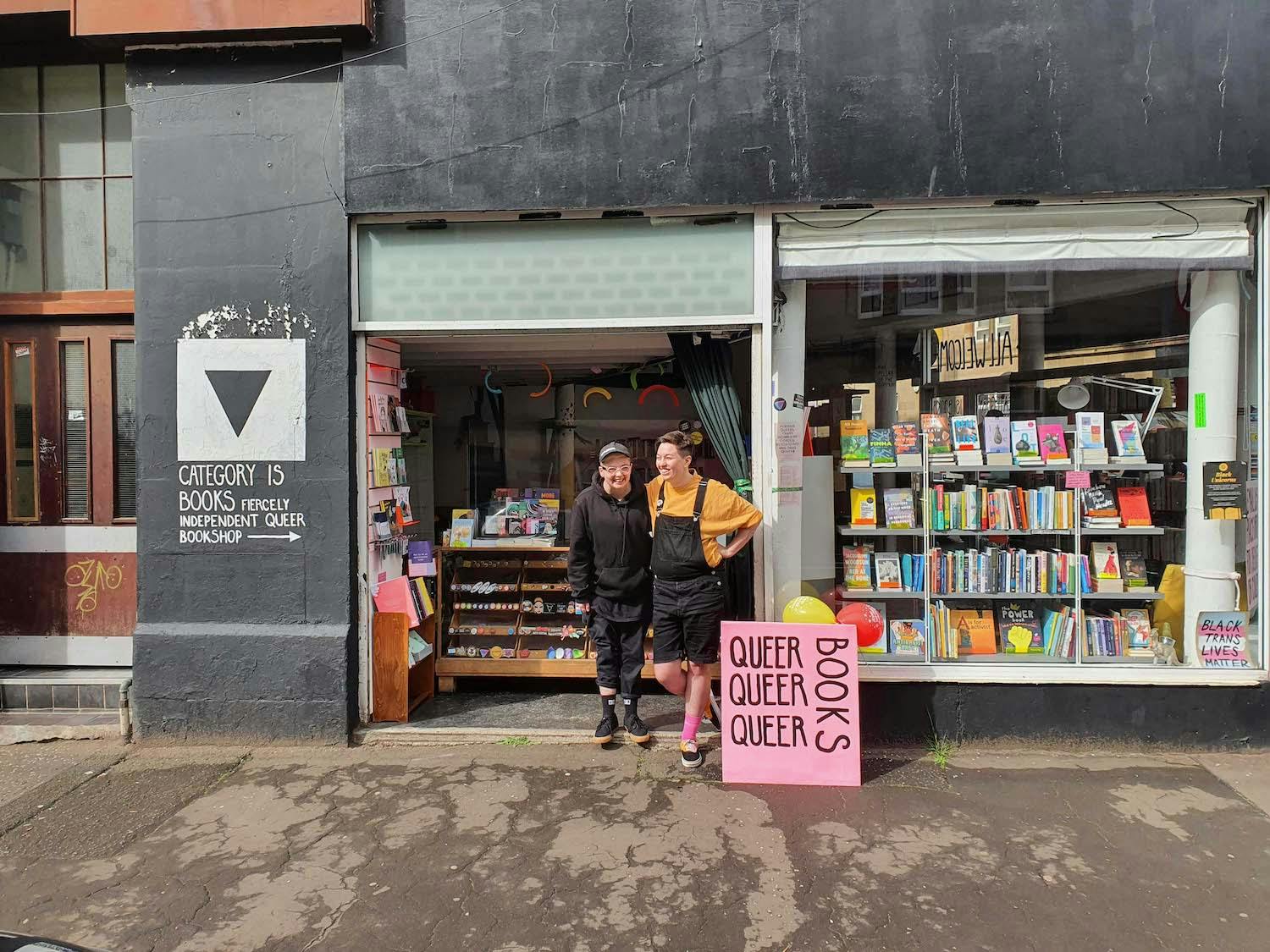
© Category Is Books
DP: In the Triennale talk, Adam you said that when you went to architecture school you felt there was a ‘refusal to discuss aesthetics’. Do you think one fundamental purpose of the book is to revise that hegemonic way of looking at architecture and architectural history?
ANF: Well first of all, I didn't feel that, it was a fact. While studying I quickly realised that many architects will spend their entire careers trying to pretend architecture is about everything but aesthetics.
You basically manifest your existence through the externalisation of your values, which are in aesthetics. The aesthetics of our cities are entirely the aesthetics of a very particular, dominant group who have been running our countries for the past couple of hundred years. The denial of aesthetics is the denial of difference because it's basically the enforcement of one type of aesthetic, which belongs to one particular group of people who are in power onto everyone else by denying that any other aesthetics by denying in fact that it is aesthetics at all. They say, ‘No, this is the look of sustainability’ or ‘This is the look of modernity and therefore it applies to anyone. Because they're universal. It’s saying a big fuck off to any other form of alternative taste culture that has to exist under railway viaducts completely on the margins.
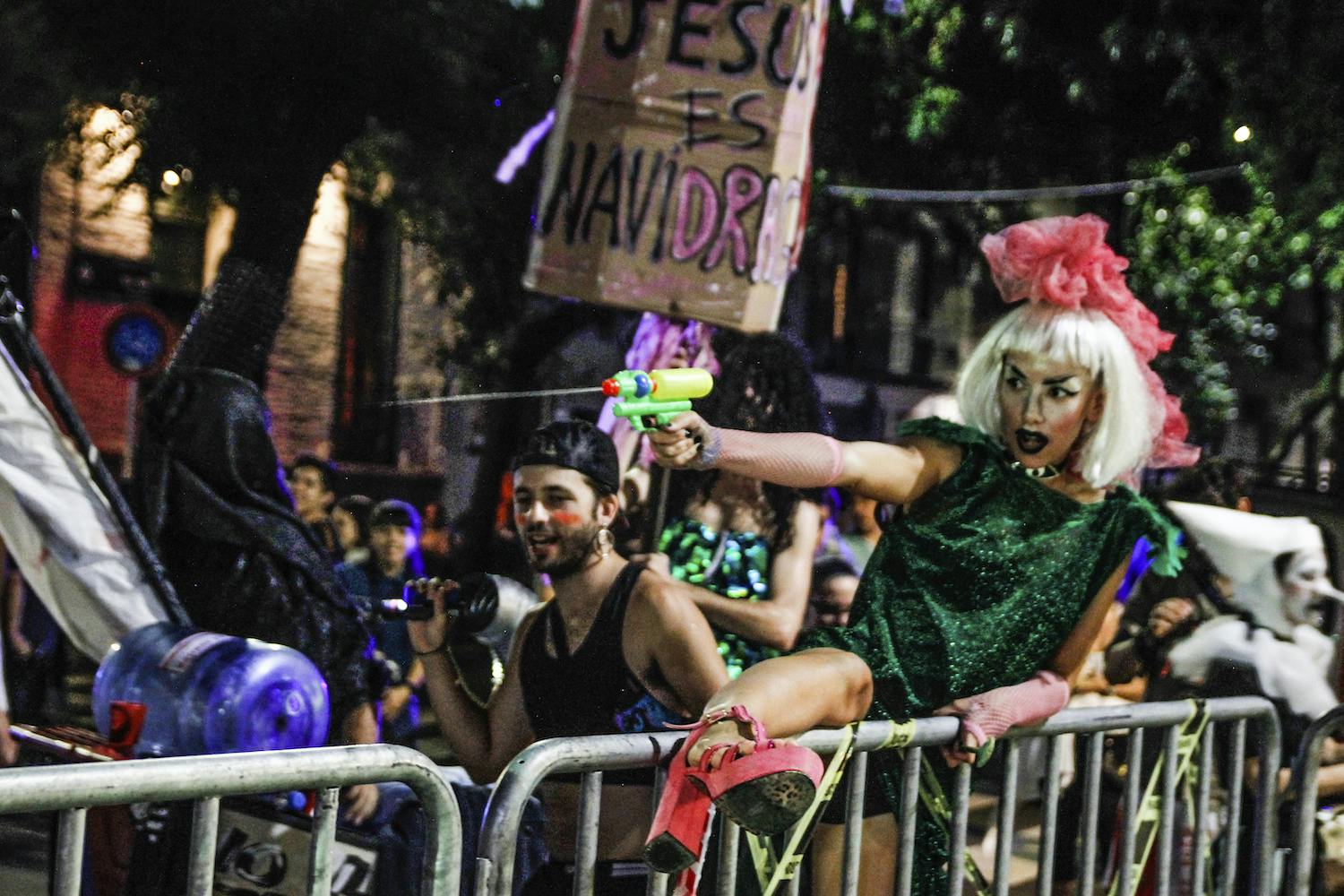
© Julian Cardoso
DP: So how did you channel that struggle for Queer representation in the book?
By virtue of joining a group of hopefully expanding research and historiography that looks into alternative forms of space making, which inevitably talks about alternative forms of aesthetics, it is opening up the space, the rhetorical space, the discursive space for people to be able to talk about aesthetics and taste cultures.
Credits
Queer Spaces: An Atlas of LGBTQIA+ Places and Stories by RIBA publishing, 2022.